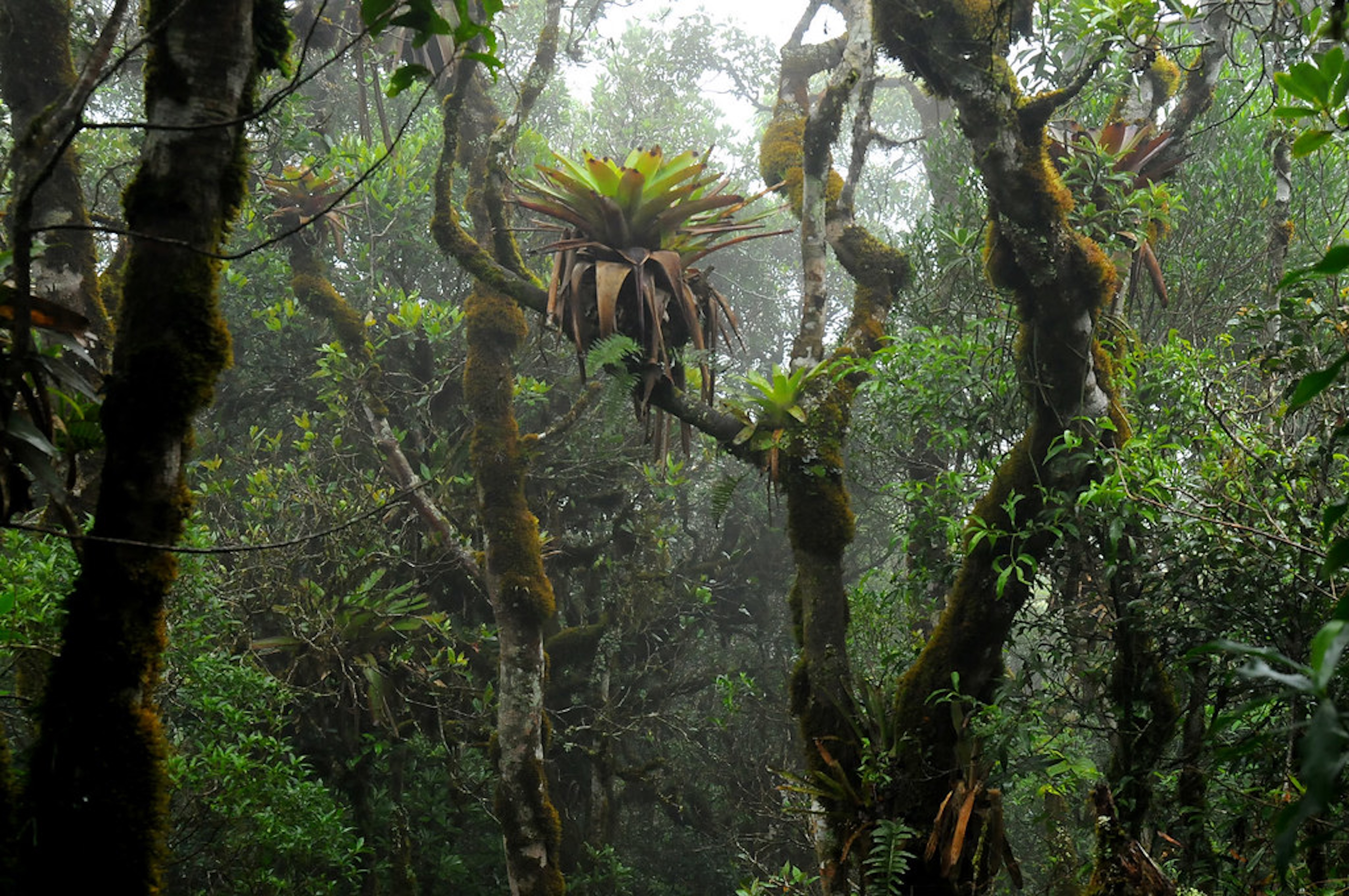

Obesity and inflammation may accelerate lung aging and increase the risk of COPD
A study of nearly 900 adults indicates that although smoking is still the main risk factor for lung function loss, systemic inflammation and obesity also increase the risk of developing chronic obstructive pulmonary disease.
Brazil could be the world’s largest carbon sink, says researcher
At the FAPESP Day Uruguay symposium, Pedro Brancalion, a professor at the University of São Paulo, presented the results of a project that aims to leverage the country’s carbon credit market.
The presence of a gun in the home increases the risk of suicide by three to five times
A review of 467 studies also points out that, instead of alleviating feelings of fear and anxiety, weapons increase them, as well as exacerbating controlling behaviors and causing domestic violence.

Potentially toxic elements in bananas grown in the Mariana disaster region exceed FAO limits
The study also assessed the risks of consuming cocoa and cassava grown in Linhares, a municipality in an area affected by the Fundão dam collapse in Minas Gerais, Brazil, ten years ago.
Magnetic marker promises to revolutionize gastrointestinal diagnosis
FAPESP-supported startup develops unprecedented technology to democratize digestive system exams with a simple, fast, and accessible procedure.
Four years after the Mariana mining disaster in Brazil, river fish remained contaminated
A comprehensive analysis conducted in 2019 detected the accumulation of 13 heavy metals and other toxic substances, advising against consumption due to risks to human health.
Distribution pattern of parliamentary amendments in Brazil harms large cities
According to a study by a FAPESP-supported research center, which includes federal funds, towns and villages benefit the most in per capita terms.

Bromeliads promote plant diversity in the forest by enriching the soil with nutrients
Water accumulated in the tanks of these plants living high up in trees has much higher concentrations of nitrogen, phosphorus, calcium, potassium, magnesium, sulfur, and iron than rainwater. Plants irrigated with this nutrient-rich water produced almost twice as many leaves.
Latin American research indicates a lower prevalence of a type of head and neck cancer
After analyzing over 1,400 cases of squamous cell carcinoma of the head and neck, the study found that more aggressive histopathological variants occur at a rate of 4.6%. Previous estimates pointed to a rate of up to 15%.
The COVID-19 virus manipulates host cell RNA to shut down the immune system
A study by the Federal University of São Paulo describes how SARS-CoV-2 interacts with the RNA of infected lung cells in an unprecedented way. The results may guide the search for new treatments and vaccines.
Abdominal obesity and muscle loss increase the risk of death by 83% after age 50
A study of more than 5,000 people over 12 years showed that simple measures to assess the two conditions can facilitate the diagnosis of sarcopenic obesity without complex tests, such as MRI and CT scans. This finding expands access to treatment for older adults.





















